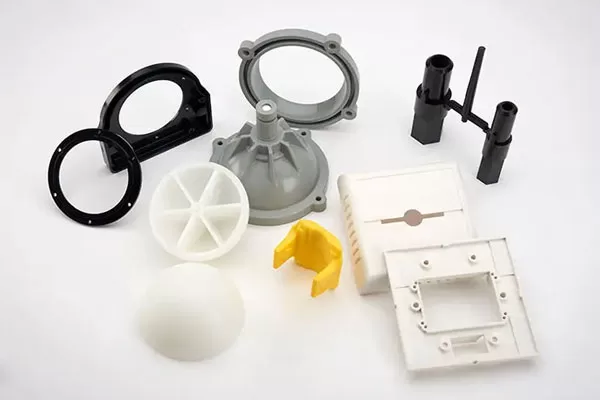A common manufacturing technique, injection molding is essential to the production of a wide range of goods, from standard home items to highly precise parts for the automotive and medical industries. This article emphasizes the importance of injection molding in contemporary manufacturing by examining its foundations, methods, uses, advantages, and potential developments.
A common manufacturing technique called injection molding involves injecting molten material into a mold, allowing it to cool and solidify to create a range of plastic goods and parts. The industrial sector has undergone a revolution because to this procedure, which offers an economical and effective way to produce high-quality goods in big quantities.
The Injection Molding History
John Wesley Hyatt invented injection molding in the 1940s when he came up with a technique for injecting celluloid into a mold to make pool balls. Ceramics, metals, and polymers were among the many materials that this method swiftly came to encompass.

Custom plastic parts
Injection molding: What is it?
Melted material is injected into a mold during the injection molding manufacturing process to produce pieces. Although it works well with plastic, it can also be utilized with glass, metal, and elastomers. High volumes of parts with complex shapes and close tolerances may be produced with this method, which is well-known for its efficiency.
The material is first melted and then highly pressurized into a mold cavity to begin the injection molding process. After cooling and solidifying, the material assumes the shape of the mold cavity. After the component has set, it is removed from the mold and prepared for assembly or additional processing. Due to its great efficiency and low cost, this method is widely used for mass producing plastic parts. Furthermore, a large variety of materials can be used with injection molding, providing manufacturers the freedom to select the ideal material for a given application. All things considered, injection molding is a dependable and adaptable manufacturing technique that has completely changed the way a wide range of items are produced.
Comparing injection molding to different manufacturing techniques reveals a number of benefits. The capacity to construct complicated designs and complex shapes with great detail is one of the main advantages. Because of this, it’s perfect for manufacturing items with precise features or close tolerances. Furthermore, a large range of materials, such as thermosets, elastomers, and thermoplastics, can be used with injection molding.
Due of its adaptability, it can be used for a variety of purposes, ranging from huge, structural pieces to tiny, complex components. Large numbers of parts may be produced in a comparatively short period of time thanks to the method, which also enables efficient manufacturing times. All things considered, injection molding is a very effective and economical way to produce consistent, high-quality products.
Conclusion
Modern manufacturing still relies heavily on injection molding, which makes it possible to produce intricate, high-quality parts in large quantities for a variety of sectors. In today’s industrial scene, its efficiency, adaptability, and precision make it necessary. Injection molding will surely adapt and flourish as materials science and technology advance, spurring innovation and influencing the direction of production.
